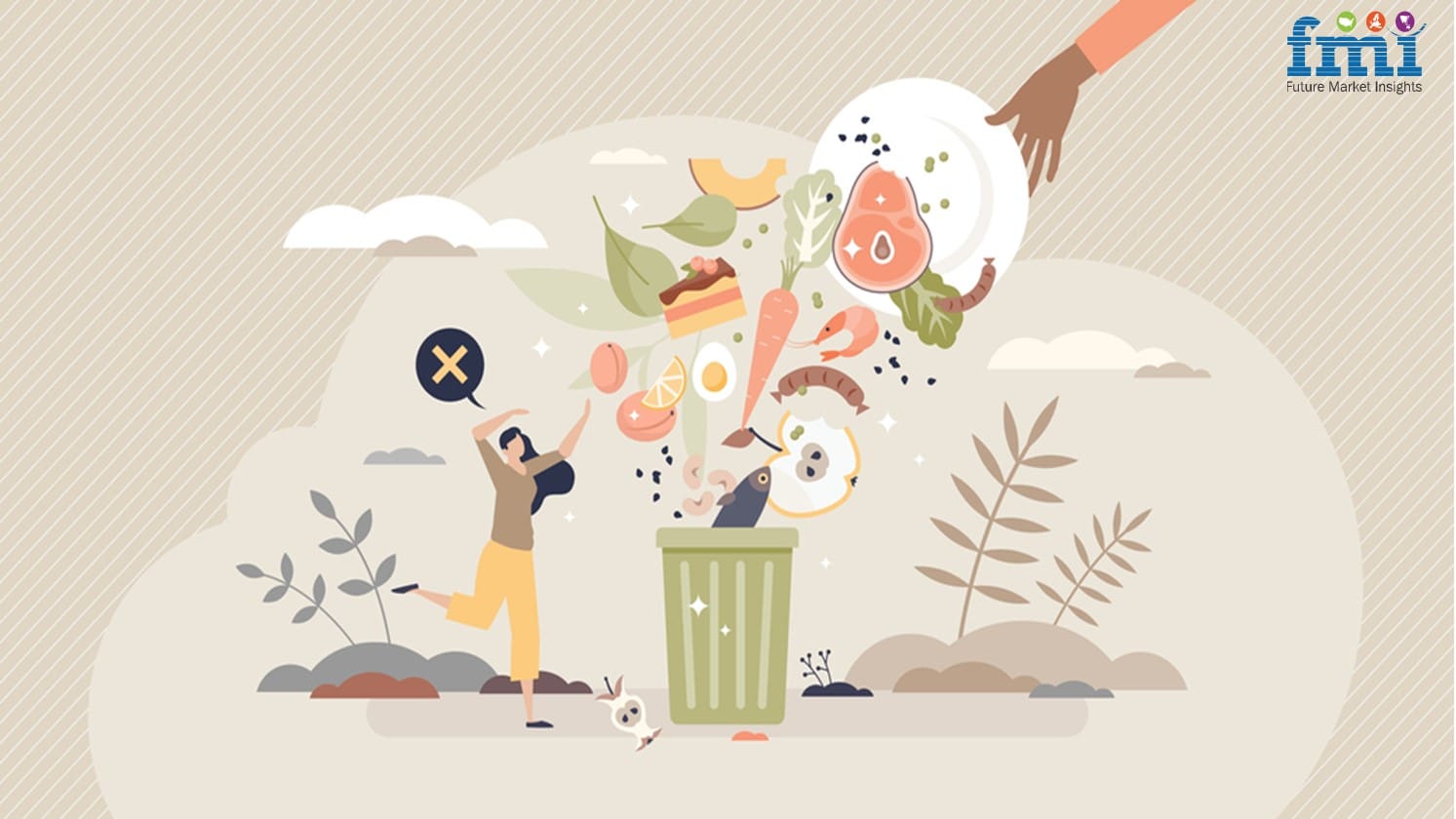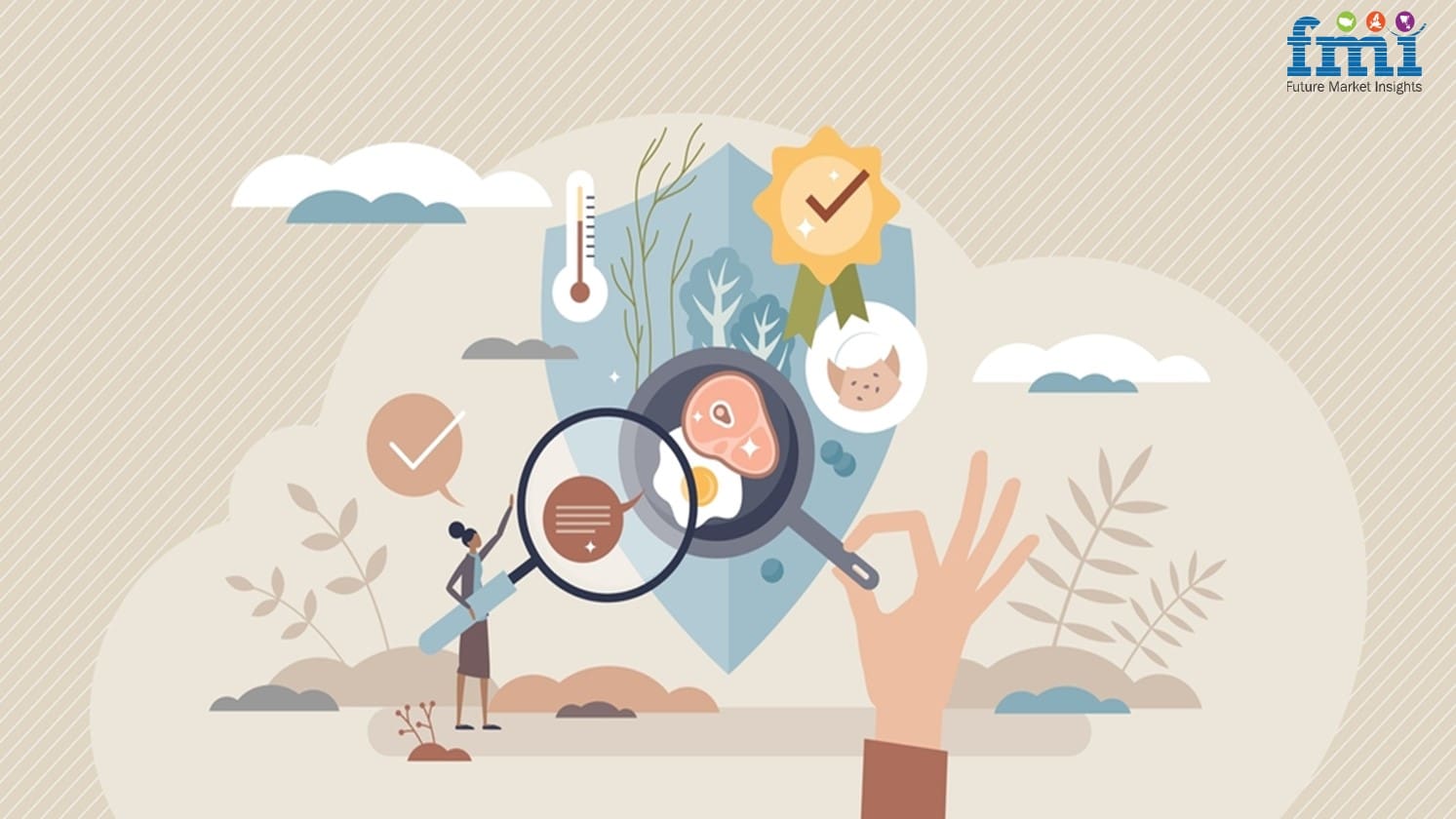Fruit and vegetable farming looks to the future
Technology as an opportunity to look ahead, in a market that witnessed a decline in consumption in 2021 and relies on a supply chain that has still not recovered completely, in which the interests of fresh product exporters and logistics service providers have never been so distant.
In this context, attention to innovation plays a key role in creating new market opportunities, by optimizing every step in the supply chain: from the land to the table, from production to consumption.
In this perspective with the aim of reconciling innovation with the environmental/economic sustainability of fruit and vegetable production, the spotlight is on certain technologies that could give a new impetus to the sector.
First and foremost, the use of sensors in agriculture, a practice which has evolved rapidly in recent years: from the use of the first weather stations- essential in the prevention of critical climate issues- , to soil probes, not to mention sensors and biosensors, which are able to directly detect the conditions of a single plant and ensure prompt action in case of need.
A series of proposals focused on prevention, also considering the increasingly frequent difficulties associated with climatic conditions.
While it is true that these tools will play an increasingly central role in the near future, especially in view of the possibility to reduce the use of chemical substances in farming, it is equally true that they will require significant investments and an ever increasing awareness on the part of entrepreneurs.
In some ways, they will constitute the dividing line between the old and new way of perceiving this business.
While on the subject of technology, it must also be said that the use of drones is increasingly widespread. Their application enhances the sensitivity of monitoring tools from the scale of the plot to that of the single plant, and they even arrive where satellites fail to provide a sufficiently accurate view.
Besides, drones can facilitate crop inspection thanks to virtual or augmented reality, especially in the ambit of phytosanitary defense. This is another way to directly access the needs of the plant (in some cases it is even possible to monitor the condition of the fruit) and make the necessary adjustments and integrations for an optimal harvest.
If we look even further into the future, we can imagine a scenario characterized by the preponderant use of robots. The market is already starting to offer interesting robotic applications for weeding, sowing and tillage.
Technology is also pushing, albeit at a prototype level, towards the harvesting of those crops which had so far been excluded from the automation of mechanical processes, thereby opening the world of fresh produce to mechanized harvesting, a prerogative of industrial crops until very recently.
Since the extended use of these technologies will necessarily go hand in hand with the energy issue (how and at what price can we guarantee power supplies to equipment, robots in particular, given the high cost of energy and the rising cost of fuels?), it is necessary to consider possible solutions.
A very important one is represented by a growing receptiveness towards the electrification of the agricultural sector, particularly with regard to solar energy. This is an opportunity that needs to be explored by a forward-looking industry.






